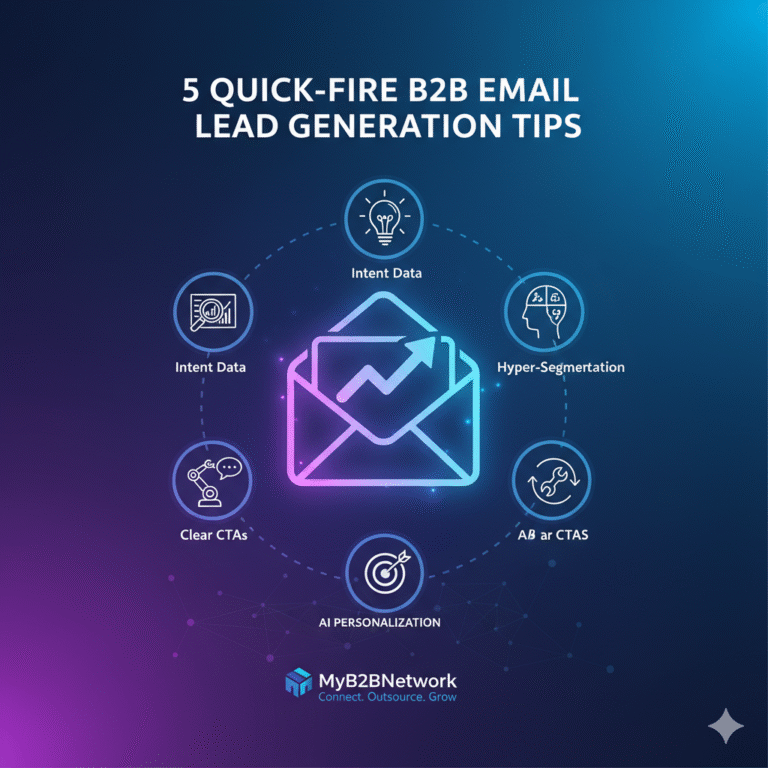
Summary
A well‑crafted B2B marketing plan serves as your strategic roadmap, aligning SMART goals with deep audience insights, competitor intelligence, and the right channels to hit your targets. In this guide, you’ll learn how to set clear objectives, profile your ideal customers, benchmark competition, allocate budget wisely, and launch with confidence—plus measure and optimize along the way. Throughout, discover how MyB2BNetwork’s platform and expertise can accelerate your B2B growth, from curated lead generation to proven success stories.
Why a B2B Marketing Plan Matters
A marketing plan is both a strategic roadmap and an operational playbook that organizes, executes, and tracks all your marketing activities over a defined period. Without one, campaigns risk drifting off‑target, budgets can be misallocated, and you lose the ability to measure impact against clear objectives.
Mapping Your Destination: SMART Goals
Every plan should kick off with SMART goals—Specific, Measurable, Attainable, Relevant, and Time‑bound. For example, rather than “grow leads,” set “increase qualified B2B leads by 20% within Q3 by launching a gated whitepaper campaign.” This precision fuels focused tactics and clear success metrics.
Who Are We Speaking To?
Building buyer personas ensures your message resonates. Dive into analytics (e.g., Google Analytics, CRM data) to uncover demographics, firmographics, pain points, and buying triggers. For a B2B network like yours, segment by industry vertical, company size, and decision‑maker role to tailor content that converts.
Sleuthing the Competition
Competitive analysis sharpens your edge. Identify top rivals, evaluate their value propositions, pricing, and channel mix, then pinpoint white‑space opportunities. Tools like SEMrush or Ahrefs can reveal competitors’ high‑performing content and backlink strategies—insights you can outmaneuver.
Plotting Your Channels of Choice
Not every channel fits every goal. Choose based on where your audience engages—LinkedIn for thought leadership, email for drip nurturing, webinars for demos, paid search for intent capture. Balance organic and paid tactics, then outline tactics and key deliverables per channel.
Budget Balancing Act
Allocate budget as a percentage of revenue or based on historical ROI benchmarks. Traditional media still has its place, but digital channels often yield more precise targeting and tracking. For B2B, consider dedicating 40% to paid LinkedIn and PPC, 30% to content production, and 30% to events and sponsorships.
Implementing Your Marketing Plan
With blueprint in hand, launch your campaigns and monitor performance weekly—look at lead volume, conversion rates, and cost per acquisition. After 30–60 days, analyze what’s working, double down on winners, and pivot away from underperformers. Continuous optimization turns good plans into great results.
Conclusion: Keeping the Momentum
A marketing plan is not static—it’s a living document. Regularly revisit goals, update buyer insights, and re‑budget based on real‑time data. And if you’d like expert guidance or a dedicated platform to power your B2B growth, explore MyB2BNetwork, browse our Success Stories, read Testimonials.





[…] tip: Need help improving your marketing strategy? Check out our guide to creating a sample marketing plan for your […]